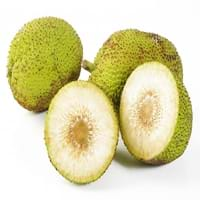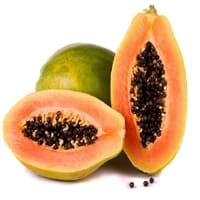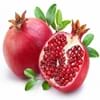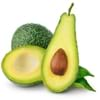Health Benefits
Cancer prevention, Heart care, Maintains healthy cholesterol level, Treatment of skin Diseases
Arthritis prevention, Asthma treatment, Cancer prevention, Heart care, Prevents macular degeneration, Prevents rheumatoid
General Benefits
Boosts immune system, Digestive aid, Helps in weight loss, Maintains healthy cholesterol level
Anti-inflammatory properties, Boosts immune system, Digestive aid, Healing of wounds, Maintains healthy cholesterol level, Strengthens bones
Skin Benefits
Anti-aging benefits, Skin rejuvenation, Treatment of skin diseases
Anti-aging benefits, Hydrates skin, Skin revitalization, Treatment of acne, Treatment of dark spots
Hair Benefits
Protects hair, Regulates hair growth, Treatment of dandruff
Good conditioner, Promotes longer and healthier hair, Softening mask, Treatment of dandruff
Allergy Symptoms
Hives, Inflammation of nose, Swelling of mouth, tongue or lips
Abdominal pains, Carotenemia on excessive consumtion, Latex Allergy
Side Effects
Allergic reaction
Allergic reaction, Skin problems, Possibly unsafe during pregnancy
Best Time to Eat
Along with meal, As a snack in the late afternoon, Don't consume at night and before bed, Don't eat after meal
As a snack in the late afternoon, Don't consume at night and before bed, Don't eat after meal
Vitamin B5 (Pantothenic Acid)
Vitamin C (Ascorbic Acid)
Vitamin K (Phyllochinone)
Calories in Fresh Fruit with Peel
Not Available
Not Available
Calories in Fresh Fruit without Peel
Calories in Frozen Form
Not Available
Calories in Dried Form
Not Available
Calories in Canned Form
Not Available
Calories in Jam
Not Available
Type
Fruit vegetable, Tropical
Melon, Tree fruit
Season
All seasons
All seasons
Varieties
Koqo, Tamaikora, Temaipo, Uto Kuro, Samoa, Buco Ni Viti and Kulu Dina
Coorg Honey Dew, Pusa Dwarf, Pusa Giant, Pusa Majesty, Pusa Delicious, Pusa Dwarf, Solo, Ranchi, Taiwan-785 and Taiwan-786
Color
White, Yellow
Orange, Yellow
Inside Color
White
Orange
Taste
Bland
Luscious, Sweet
Origin
South Pacific
Mexico, Central America
Soil Type
Loam, Sand, Sandy loam, Well-drained
Rocky, Sandy, Well-drained
Climatic Conditions
Humid, Rainfall, Warm
Warm, Without frosts
Facts about
- The milky sap of breadfruit tree is used as glue & bark is used to make papers.
- Breadfruit tree produces 1st fruit after 2-3 years from planting & remains productive for decades.
- The seeds of breadfruit are edible.
- Papaya seeds show contraceptive effects in male monkeys.
- Their seeds are used as a replacement for black pepper in some nations due to peppery taste.
- Papaya is known by funny names like paw paw or papaw and the mamao.
Top Producer
Jamaica
India
Other Countries
Africa, India, United States of America
Brazil, Indonesia, Mexico, Nigeria
Top Importer
United States of America
United States of America
Top Exporter
Jamaica
Mexico
Botanical Name
Artocarpus altilis
Carica papaya
Synonym
Artocarpus communis or Artocarpus incisa
Not Available
Subkingdom
Tracheobionta
Tracheobionta
Division
Magnoliophyta
Magnoliophyta
Class
Magnoliopsida
Magnoliopsida
Subclass
Magnollidae
Dillenhidae
Order
Rosales
Brassicales
Family
Moraceae
Caricaceae
Species
A. altilis
C. papaya
Generic Group
Mulberry
Papaya
Difference Between Breadfruit and Papaya
We might think that Breadfruit and Papaya are similar with respect to nutritional value and health benefits. But the nutrient content of both fruits is different. Breadfruit and Papaya Facts such as their taste, shape, color, and size are also distinct. The difference between Breadfruit and Papaya is explained here.
The amount of calories in 100 gm of fresh Breadfruit and Papaya with peel is Not Available and Not Available and the amount of calories without peel is 103.00 kcal and 43.00 kcal respectively. Thus, Breadfruit and Papaya belong to and category.These fruits might or might not differ with respect to their scientific classification. The order of Breadfruit and Papaya is Rosales and Brassicales respectively. Breadfruit belongs to Moraceae family and Papaya belongs to Caricaceae family. Breadfruit belongs to Artocarpus genus of A. altilis species and Papaya belongs to Carica genus of C. papaya species. Beings plants, both fruits belong to Plantae Kingdom.









